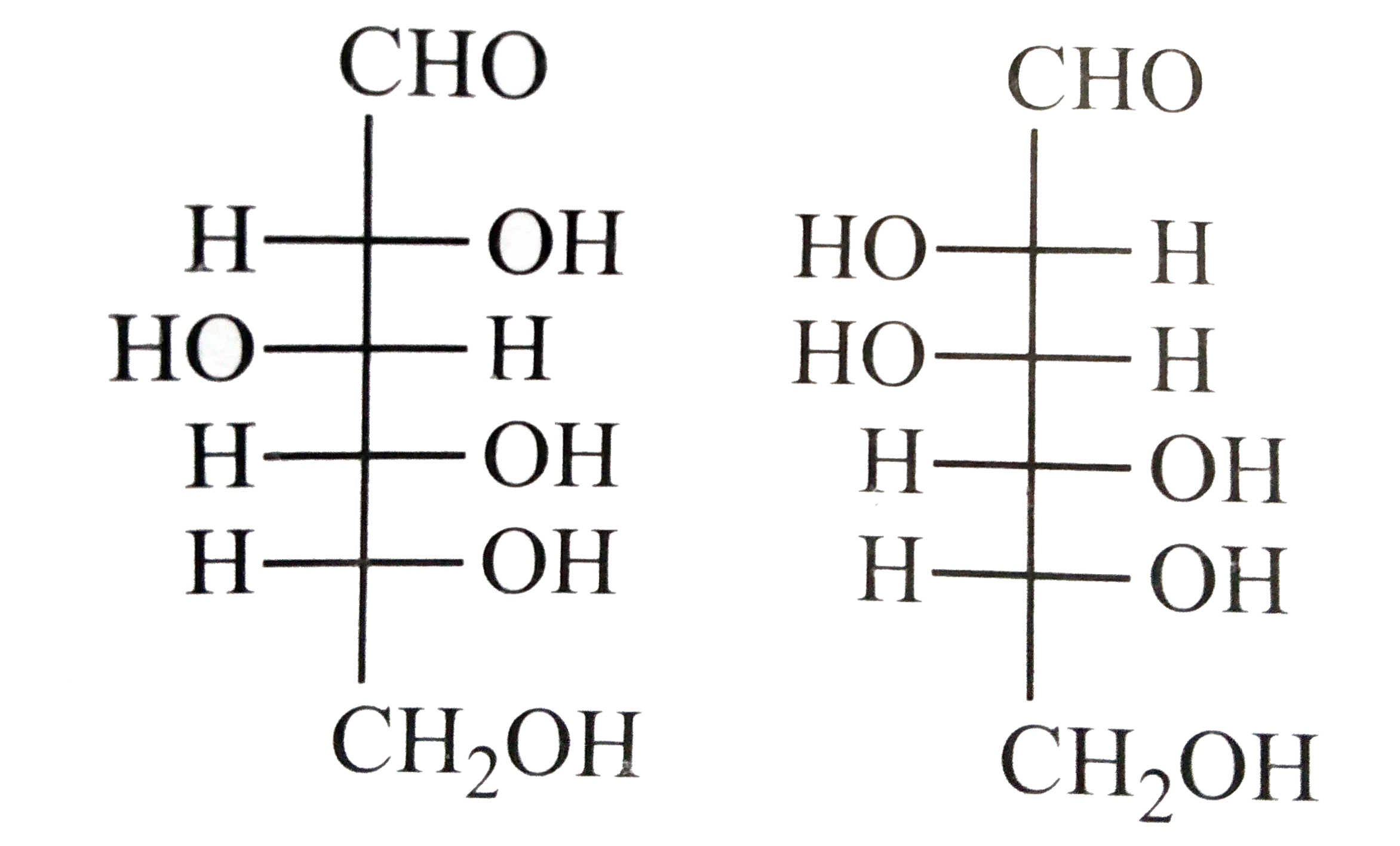Which of the following pair(s) represent(s) the isoelectronic species ?
S2− & Sc3+
SO2 & NO−3
N2 & CN−
NH3 & H3O+
The correct Answer is:A,B,C,D
To determine which pairs represent isoelectronic species, we need to find species that have the same number of electrons. Let's analyze each option step by step.
Step 1: Understand Isoelectronic Species
Isoelectronic species are atoms, ions, or molecules that have the same number of electrons.
Step 2: Analyze Each Pair
We will evaluate each pair given in the options.
Pair 1: S²⁻ and Sc³⁺
- S²⁻ (Sulfur ion):
- Sulfur (S) has 16 electrons.
- The 2- charge means it has gained 2 electrons.
- Total electrons = 16 + 2 = 18 electrons.
- Sc³⁺ (Scandium ion):
- Scandium (Sc) has 21 electrons.
- The 3+ charge means it has lost 3 electrons.
- Total electrons = 21 - 3 = 18 electrons.
Conclusion: S²⁻ and Sc³⁺ are isoelectronic (both have 18 electrons).
Pair 2: SO₂ and NO₃⁻
- SO₂ (Sulfur dioxide):
- Sulfur has 16 electrons, and each oxygen has 8 electrons.
- Total electrons = 16 + 2 × 8 = 16 + 16 = 32 electrons.
- NO₃⁻ (Nitrate ion):
- Nitrogen has 7 electrons, and each oxygen has 8 electrons.
- The 1- charge means it has gained 1 electron.
- Total electrons = 7 + 3 × 8 + 1 = 7 + 24 + 1 = 32 electrons.
Conclusion: SO₂ and NO₃⁻ are isoelectronic (both have 32 electrons).
Pair 3: CN⁻ and N₂
- CN⁻ (Cyanide ion):
- Carbon has 6 electrons, and nitrogen has 7 electrons.
- The 1- charge means it has gained 1 electron.
- Total electrons = 6 + 7 + 1 = 14 electrons.
- N₂ (Dinitrogen):
- Each nitrogen has 7 electrons.
- Total electrons = 2 × 7 = 14 electrons.
Conclusion: CN⁻ and N₂ are isoelectronic (both have 14 electrons).
Pair 4: NH₃ and H₃O⁺
- NH₃ (Ammonia):
- Nitrogen has 7 electrons, and each hydrogen has 1 electron.
- Total electrons = 7 + 3 × 1 = 7 + 3 = 10 electrons.
- H₃O⁺ (Hydronium ion):
- Oxygen has 8 electrons, and each hydrogen has 1 electron.
- The 1+ charge means it has lost 1 electron.
- Total electrons = 8 + 3 × 1 - 1 = 8 + 3 - 1 = 10 electrons.
Conclusion: NH₃ and H₃O⁺ are isoelectronic (both have 10 electrons).
Final Conclusion
All pairs are isoelectronic:
1. S²⁻ and Sc³⁺ (18 electrons)
2. SO₂ and NO₃⁻ (32 electrons)
3. CN⁻ and N₂ (14 electrons)
4. NH₃ and H₃O⁺ (10 electrons)
Isoelectronic species are atoms, ions, or molecules that have the same number of electrons.
We will evaluate each pair given in the options.
- S²⁻ (Sulfur ion):
- Sulfur (S) has 16 electrons.
- The 2- charge means it has gained 2 electrons.
- Total electrons = 16 + 2 = 18 electrons.
- Sc³⁺ (Scandium ion):
- Scandium (Sc) has 21 electrons.
- The 3+ charge means it has lost 3 electrons.
- Total electrons = 21 - 3 = 18 electrons.
- SO₂ (Sulfur dioxide):
- Sulfur has 16 electrons, and each oxygen has 8 electrons.
- Total electrons = 16 + 2 × 8 = 16 + 16 = 32 electrons.
- NO₃⁻ (Nitrate ion):
- Nitrogen has 7 electrons, and each oxygen has 8 electrons.
- The 1- charge means it has gained 1 electron.
- Total electrons = 7 + 3 × 8 + 1 = 7 + 24 + 1 = 32 electrons.
- CN⁻ (Cyanide ion):
- Carbon has 6 electrons, and nitrogen has 7 electrons.
- The 1- charge means it has gained 1 electron.
- Total electrons = 6 + 7 + 1 = 14 electrons.
- N₂ (Dinitrogen):
- Each nitrogen has 7 electrons.
- Total electrons = 2 × 7 = 14 electrons.
- NH₃ (Ammonia):
- Nitrogen has 7 electrons, and each hydrogen has 1 electron.
- Total electrons = 7 + 3 × 1 = 7 + 3 = 10 electrons.
- H₃O⁺ (Hydronium ion):
- Oxygen has 8 electrons, and each hydrogen has 1 electron.
- The 1+ charge means it has lost 1 electron.
- Total electrons = 8 + 3 × 1 - 1 = 8 + 3 - 1 = 10 electrons.
All pairs are isoelectronic:
1. S²⁻ and Sc³⁺ (18 electrons)
2. SO₂ and NO₃⁻ (32 electrons)
3. CN⁻ and N₂ (14 electrons)
4. NH₃ and H₃O⁺ (10 electrons)
Topper's Solved these Questions
Similar Questions
Knowledge Check
Which of the following pairs represents anomers ?
A B
B C
C D
D
Isoelectronic species are:
View SolutionWhich of the following pairs represents anomers?
View SolutionWhich of the following pairs represents isobars?
View SolutionIn which of the following pairs the ions are isoelectronic?
View SolutionWhich of the following pair of species are iso-electronic ?
View SolutionWhich of the following curves represent(s) Boyle's law?
View SolutionWhich of the following is represented by the largest number of species ?
View Solution

